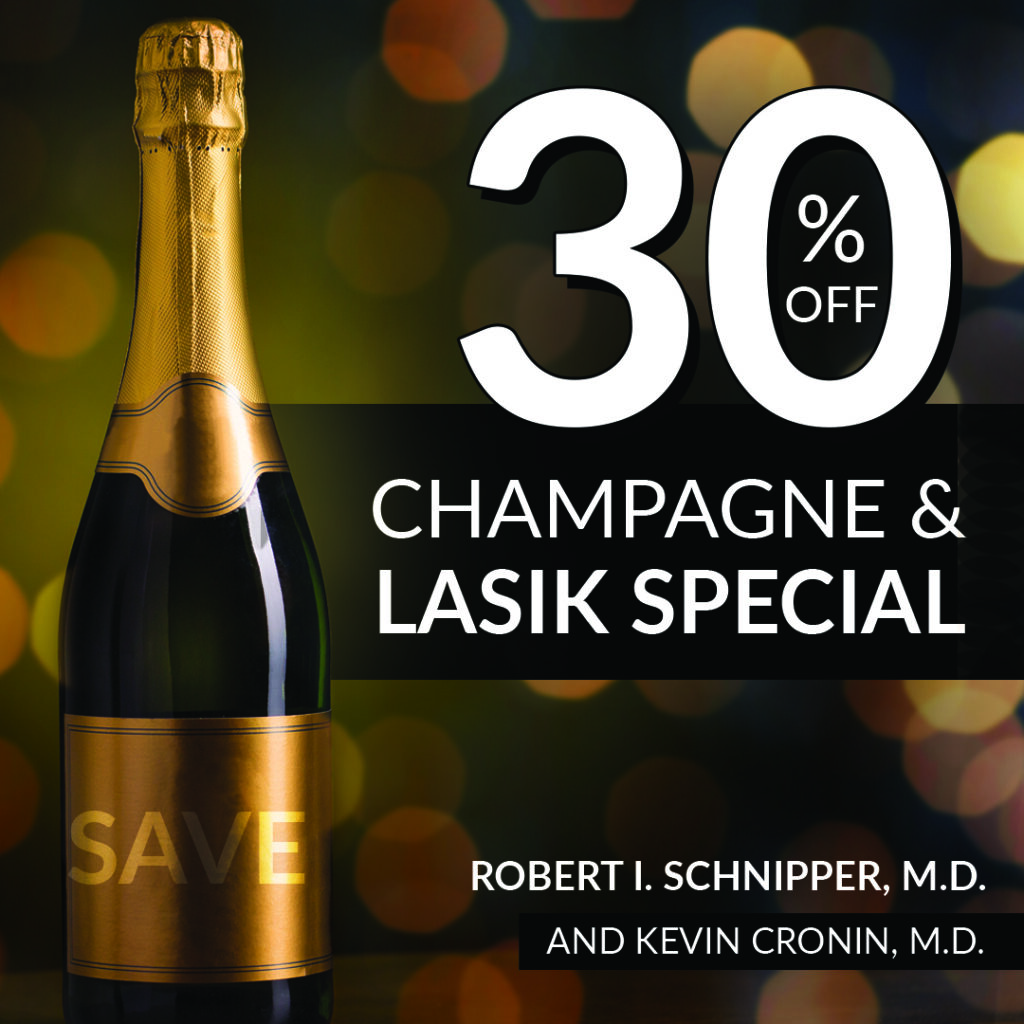If you’ve been living with both cataracts and astigmatism, you might be wondering whether cataract surgery could address both vision problems at once. The answer is yes. Modern cataract surgery offers several options to correct astigmatism during the same procedure that removes your cloudy lens, potentially reducing or eliminating your dependence on glasses afterward.
Keep reading to learn how astigmatism correction works during cataract surgery, what options are available, and whether this combined approach might be right for you!
What Is Astigmatism and How Does It Affect Vision

Astigmatism occurs when the cornea (the clear front surface of your eye) has an irregular shape. Instead of being perfectly round like a basketball, an astigmatic cornea is shaped more like a football, with one meridian being steeper than the other.
This irregular curvature causes light to focus on multiple points rather than a single point on the retina, resulting in blurred or distorted vision.
Many people have some degree of astigmatism without realizing it, particularly if it’s mild. Common symptoms include blurred vision at all distances, eyestrain, headaches, and difficulty seeing at night.
Astigmatism often exists alongside other refractive errors such as nearsightedness or farsightedness.
When cataracts develop, they add another layer of visual impairment. The natural lens becomes cloudy, reducing the amount of light that reaches the retina. Combined with astigmatism, this can significantly impact your daily activities, from reading and driving to recognizing faces.
How Cataract Surgery Can Correct Astigmatism
During standard cataract surgery, the clouded natural lens is removed and replaced with an artificial intraocular lens (IOL). For patients with astigmatism, there are two primary methods to correct this refractive error during the same procedure: toric IOLs and limbal relaxing incisions.
Toric Intraocular Lenses
Toric IOLs are specially designed lenses that correct astigmatism while also replacing the cataractous lens. These premium lenses have different powers in different meridians of the lens, similar to how toric contact lenses work.
The lens must be precisely aligned during surgery to match the steepest part of your cornea, ensuring optimal astigmatism correction. When positioned correctly, toric lenses can significantly reduce or eliminate astigmatism, providing clearer vision without the need for glasses for distance vision.
Limbal Relaxing Incisions
For patients with lower degrees of astigmatism, limbal relaxing incisions (LRIs) offer another correction option. During this technique, tiny incisions are made at the edge of the cornea in specific locations. These incisions allow the cornea to relax and assume a more rounded shape, reducing the irregular curvature that causes astigmatism.
LRIs can be performed with a blade or with a femtosecond laser for greater precision. This approach is often combined with standard monofocal IOLs and works well for mild to moderate astigmatism.
Which IOLs Can Correct Astigmatism?

Several premium intraocular lenses available today incorporate astigmatism correction into their design. At Jacksonville Eye Center, Dr. Schnipper offers multiple toric IOL options to meet different patient needs and visual goals.
Toric versions of popular multifocal lenses allow patients to address cataracts, astigmatism, and presbyopia simultaneously. These advanced lenses provide clear vision at multiple distances while correcting the irregular corneal shape that causes astigmatism.
The Tecnis Symfony IOL, for instance, is available in a toric version that delivers continuous vision from near to far while compensating for corneal irregularities.
Similarly, the AcrySof IQ PanOptix lens comes in toric models designed for patients who want both astigmatism correction and the ability to see clearly at near, intermediate, and far distances. These lenses are particularly beneficial for individuals who wish to reduce their dependence on glasses for everyday activities like reading, using digital devices, and driving.
The Tecnis Odyssey also offers toric options, combining high-definition vision across all distances with built-in astigmatism correction. Each of these premium toric IOLs undergoes precise calibration based on detailed pre-operative measurements of your eye, ensuring the lens power and axis alignment match your specific needs.
During your consultation, Dr. Schnipper will evaluate the degree of your astigmatism, discuss your lifestyle requirements, and help you determine which toric IOL option would provide the best visual outcome for your particular situation.
Choosing the Right Option for Your Needs

Deciding whether to correct astigmatism during cataract surgery requires careful consideration of your vision goals, lifestyle, and budget. Premium IOLs such as toric lenses typically cost more than standard monofocal lenses because they provide additional vision correction.
However, many patients find the investment worthwhile when they consider the reduced need for glasses afterward.
Dr. Schnipper encourages patients to discuss their expectations openly during the consultation. If you spend significant time driving, working on a computer, or engaged in hobbies that require clear distance vision, correcting astigmatism may greatly enhance your quality of life.
Some patients prioritize independence from glasses and are willing to invest in premium lens options to achieve this goal.
Insurance coverage varies for astigmatism correction during cataract surgery. While insurance typically covers the basic cataract procedure, premium lens options and additional astigmatism correction techniques may involve out-of-pocket costs.
If you’re experiencing symptoms of cataracts or astigmatism, or if you’ve been told you have both conditions, schedule a consultation at Jacksonville Eye Center in Jacksonville, FL, today to explore your options.

